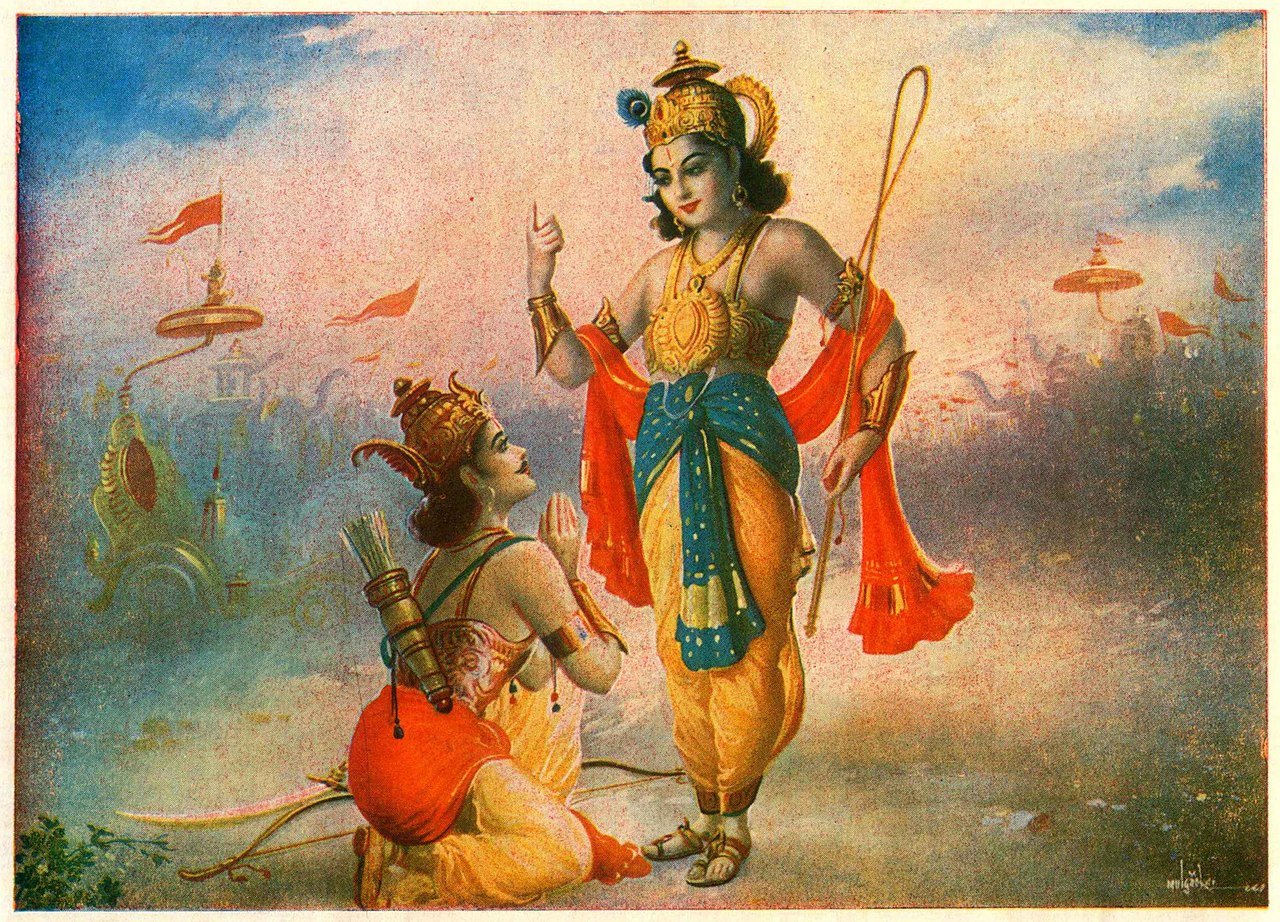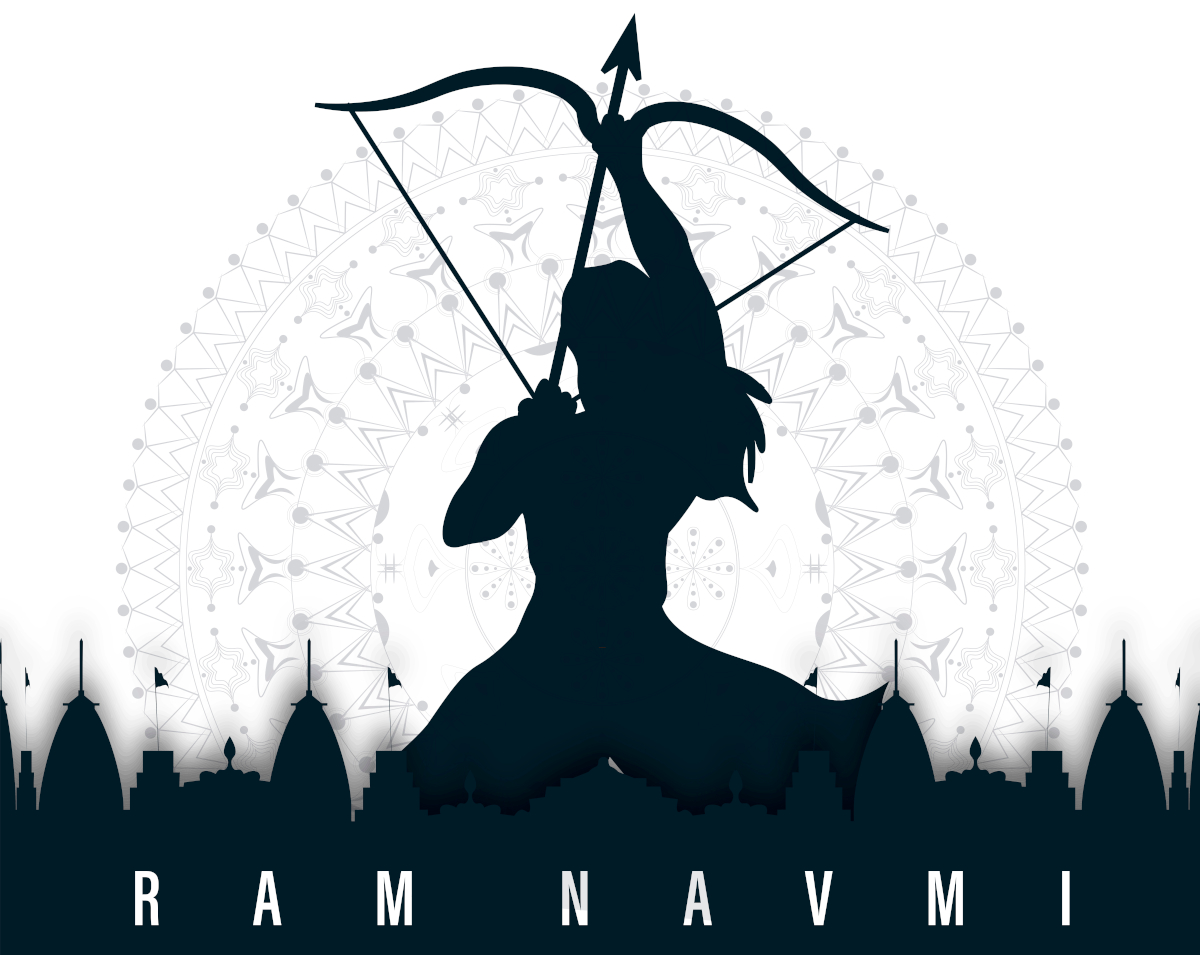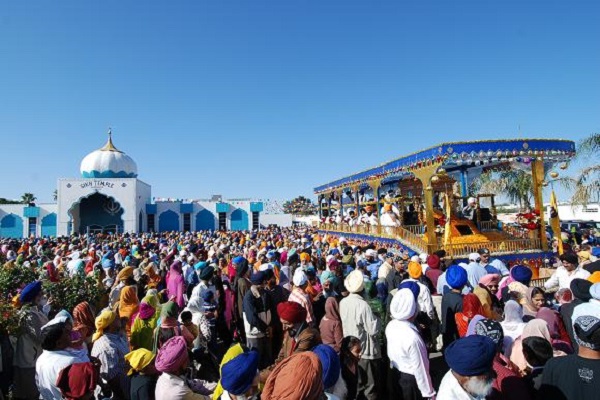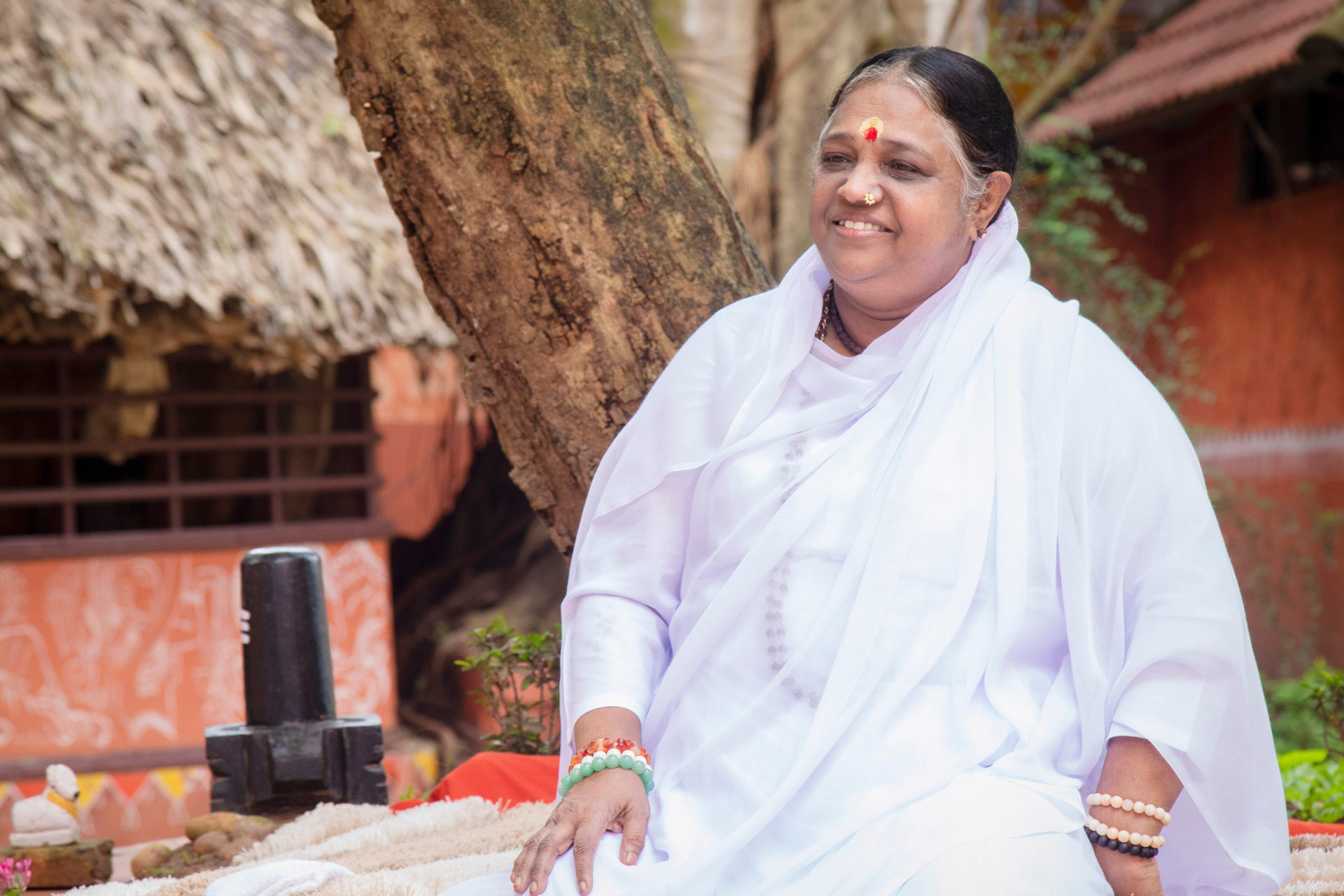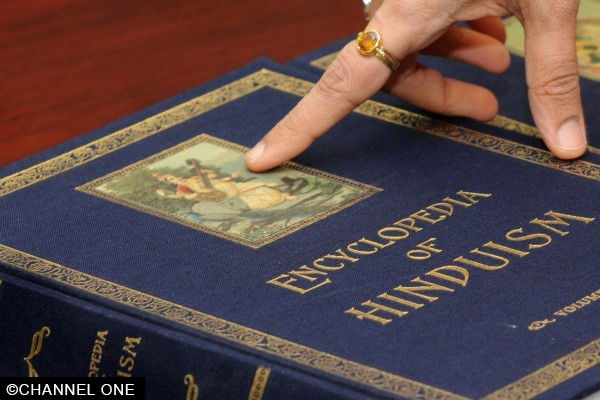
Encyclopedia of Hinduism Unveiled After 25 Years of Work
- By Alison Lesley --
- 16 Sep 2013 --

The University of South Carolina, after a long expedition of 25 years, finally launched Encyclopedia of Hinduism with the help of 1,000 scholars.
The University of South Carolina has published the entire news conference in a 26-minute video seen here:
Thousands of Hindu scholars, religious leaders, luminaries and students gathered at the campus of the University of South Carolina on this two-day grand event. Some of the notable attendees were Nikki Haley, the Governor of South Carolina, Indian politician Anna Hazare, Ajit Kumar, Indian Consul General in Atlanta. Apart from the grand launch of the encyclopedia, the richness of Indian history and culture was discussed by many scholars.
The Encyclopedia of Hinduism, produced by the India Heritage Research Foundation, is an 11 volume work with 7,000 articles about Hindu religious practices, beliefs, Indian tradition, history, art and culture, architecture, and women’s status in different ages. It is composed in English, accompanied by over 1,000 images and photographs. The volumes of the encyclopedia range from 600 to over 700 pages. In the first edition, more than 3000 copies are being published.
Hal French, a professor of religion at the University of South Carolina, who worked very closely on this project, revealed that the encyclopedia includes Jainism, Buddhism, Sikhism, and some Abrahamic religious beliefs, apart from Hinduism. He thanked the India Heritage Research Foundation for creating that space for different religious perspectives.
Dr Harris Pastides, the President of University of South Carolina told that he took great pride to be a part of such an event. “It is a deep honor to be participating in the American release of the Encyclopedia of Hinduism. This is a remarkable work of scholarship and research. I hope that many in academia and in everyday life will turn to it as a resource to better understand the characters, the tenets, and the impact that Hinduism has had, and is having in the world,” said Pastides.
In the age of Google and Wikipedia, where information is just a few clicks away, the significance of such an encyclopedia might sound superfluous or obsolete. However, it has a different explanation altogether. Thousands of Hindus reside outside India, or more specifically in the United States. Apart from the first generation Indians, who come to the United States, other generations are not fully aware of their religion and its practices. The second and third generations of NRIs feel a need of a resource, where they can learn the authentic Hindu beliefs, practices, and myths and discover rich and diverse culture of India. Apart from that, the encyclopedia has significance. Now anyone can preserve the Hindu philosophies, traditions, beliefs and practices under one roof.
Hinduism is one of the oldest religious convictions and third largest religion on earth. It comprises assorted traditions and has its root in the ancient Iron Age of India. Hindu texts are devided into two categories: Śruti (“revealed”) and Smriti (“remembered”). The major scriptures of the religion are the Vedas, Upanishads, Puranas, Manusmriti, Agamas, Mahabharat, Ramayan and Bhagavad Gita. With the celebration of the launch of the Encyclopedia of Hinduism, the University of South Carolina has added another page to the rich history of Hinduism.
Resources
- India Heritage Resource Foundation
- Q & A with Sadhvi Bhagawati Saraswati, conceiver of the Encyclopedia and the Wall St. Journal





